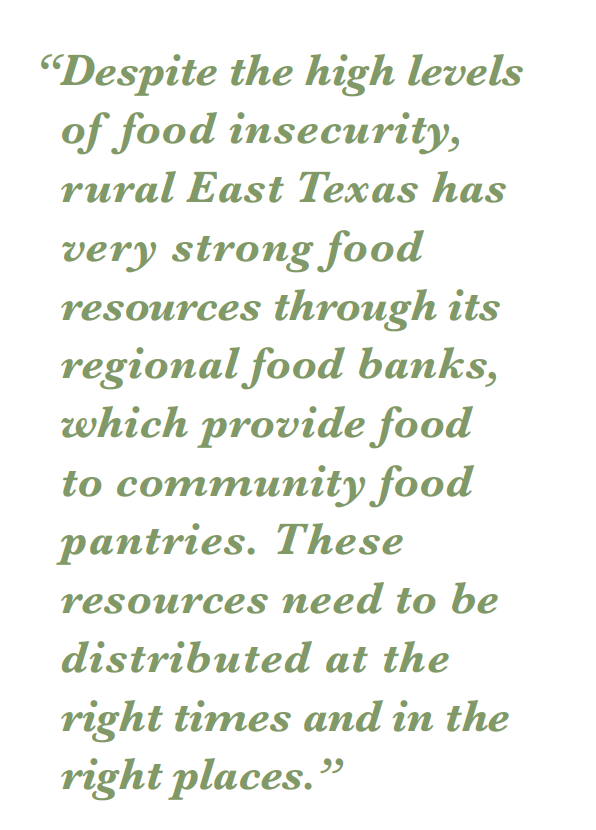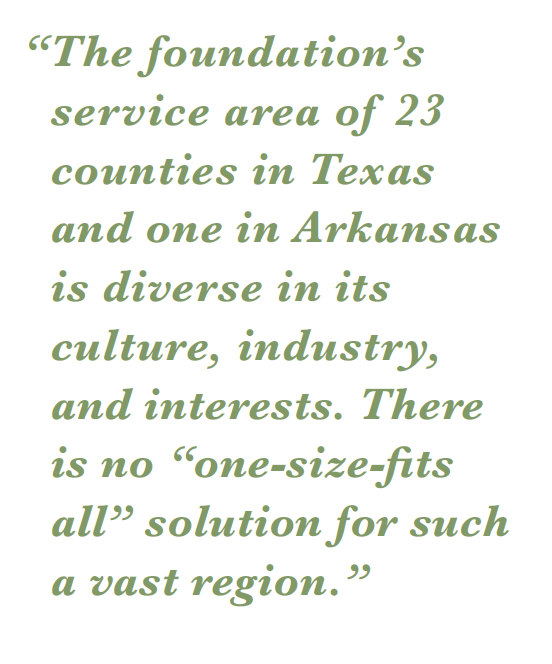Human Services
The T.L.L. Temple Foundation continues to accept proposals for education, economic opportunity, health, human services, and arts and culture. Our highest priority in human services is Food Insecurity.
To view our complete strategic plan, please click here.
HUMAN SERVICES PROGRAM AREA STRATEGY
OBJECTIVE
Families have access to healthy food options to alleviate food insecurity.
CHALLENGE
Counties in our service area have some of the highest rates of food insecurity in the state of Texas with some counties as high as 24%. Hunger is primarily a symptom of economic insecurity. A household income that cannot keep pace with the cost of living combined with unexpected expenses like a car accident or medical emergency can force families to make difficult choices between food and other basic needs. Between 2018 and 2020, there were a number of events which compounded this problem—hurricanes, tornadoes, and a global pandemic impacted the financial stability of many already poor families increasing food insecurity in our area.
OPPORTUNITY
Despite the high levels of food insecurity, rural East Texas has very strong food resources through its regional food banks, which provide food to community food pantries. These resources need to be distributed at the right times and in the right places. For example, some community food pantries are only open a few hours in the morning which may be fine for the nonworking poor, but may eliminate the opportunity to access food for the working poor with 8–5 jobs. Working with community partners, we have the opportunity to not only ensure that pantries have food available, but that their hours and locations ensure the distribution of that food to those with the greatest need. Additionally, we have the opportunity to better align and build the capacity of our pantries to best meet the growing need for food by supporting fresh produce distribution and encouraging a client-choice model whereby clients “shop” for food at their local food pantry by selecting the items they prefer.
Sector Capacity: Build the capacity of and better align the efforts of organizations that address food insecurity
Food Provision: Make grants to food banks, pantries, and other providers to distribute healthy food.
MONITORING PROGRESS
The Foundation will track a few key leading indicators to monitor progress.
Supplemental Nutrition Assistance Program (SNAP) — SNAP (formerly called the Food Stamp program) is the cornerstone of federal food assistance programs and serves as the first line of defense against food-related hardship, such as food insecurity.
The number and percent of food insecure people/children in the service area.


1 “Map the Meal Gap 2020 – Feeding America.” www.feedingamerica.org/sites/default/files/2020-06/Map%20the%20Meal%20Gap%202020%20Combined%20Modules.pdf. Accessed 1 Dec. 2020.
2 “Feeding Texas: Home.” http://www.feedingtexas.org/. Accessed 1 Dec. 2020.
3 “Food Pantry Best Practices Evaluation Score Sheet | End ….” www.endhungerinamerica.org/publications/charity-food-programs-that-can-end-hunger-in-america/food-pantry-best-practices-evaluation-score-sheet/. Accessed 1 Dec. 2020.

